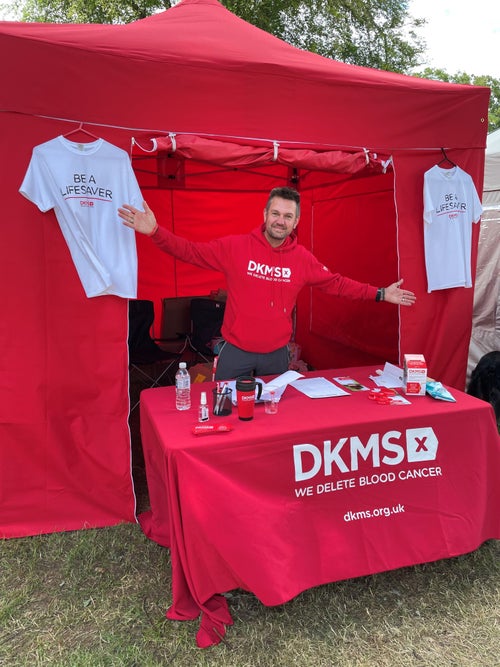What is a matching donor?
Using tissue characteristics for a successful match
Crucial to the success of a blood stem cell transplant is the degree of match between the tissue characteristics (HLA) of the donor and patient.
Tissue characteristics are protein structures on the surfaces of all cells; they occur in different combinations in every individual, much like fingerprints. An individual's immune system recognises from these protein structures whether or not a cell belongs to its own body: if it does, the cell is left intact, if not, it is destroyed.
It is essential to find a donor whose HLA characteristics match the patient’s as closely as possible. We want to ensure that the new immune system that develops from the donor’s stem cells will accept the patient’s own cells.
Matching within families
As tissue characteristics are inherited, the best chance of finding a match between donor and patient is within families. As a child inherits half of its tissue characteristics from the mother and half from the father, parents are normally only haploidentical, or ‘half-matching’ donors. The highest probability of a match is between siblings; they are the first family members to be tested as potential donors.
Matching with unrelated donors
If there are no matching donors in the patient’s family, the search continues to find a compatible unrelated donor. Around the world, over 36 million people have now chosen to register as potential blood stem cell donors, over 10 million of which are within DKMS’s worldwide database. If no suitable donor is found there, the search is extended internationally.


